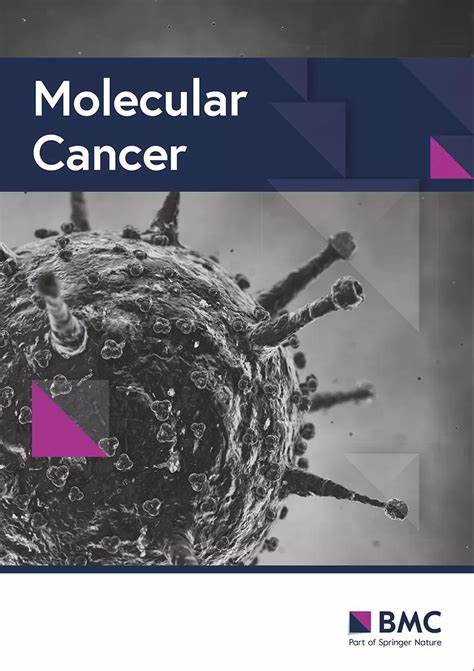Application of photodynamic activation of prodrugs combined with phototherapy in tumor treatment.
IF 33.9
1区 医学
Q1 BIOCHEMISTRY & MOLECULAR BIOLOGY
引用次数: 0
Abstract
The design of prodrugs aims to address the issues of systemic toxicity and poor specificity associated with traditional chemotherapy drugs, thereby improving patient survival rates. However, effectively controlling the activation of prodrugs and further improve the efficacy remains a significant challenge that needs to be addressed. Photodynamic therapy (PDT) is a non-invasive cancer treatment that utilizes photosensitizers (PS) to generate reactive oxygen species (ROS) under light irradiation, selectively killing tumor cells, but PDT still faces challenges such as limited therapeutic efficacy. To address challenge in cancer treatment, light-activated prodrugs have emerged as a promising strategy to achieve precise drug release and activation through light control in terms of time and location. This review explores the classification and mechanisms of light-activated prodrugs, with a focus on covalent and non-covalent photosensitizer-drug conjugates. These approaches enhance targeting, precisely control drug release, and achieve synergistic effects between PDT and chemotherapy. By analyzing these strategies, we highlight their potential in improving PDT efficacy and advancing targeted cancer therapy. Finally, we discuss future directions for designing advanced light-activated prodrug systems, providing new insights for the development of more effective and targeted cancer treatments.前药光动力活化联合光疗在肿瘤治疗中的应用。
前药的设计旨在解决与传统化疗药物相关的全身毒性和特异性差的问题,从而提高患者的生存率。然而,如何有效地控制前药的活化,进一步提高其疗效,仍然是一个需要解决的重大挑战。光动力疗法(PDT)是一种利用光敏剂(PS)在光照射下产生活性氧(ROS),选择性杀死肿瘤细胞的非侵入性癌症治疗方法,但PDT仍面临治疗效果有限等挑战。为了应对癌症治疗的挑战,光激活前药已成为一种有前途的策略,通过光控制时间和位置来实现药物的精确释放和激活。本文综述了光激活前药的分类和机制,重点介绍了共价和非共价光敏剂-药物偶联物。这些方法增强了靶向性,精确控制药物释放,实现了PDT与化疗的协同效应。通过分析这些策略,我们强调了它们在提高PDT疗效和推进靶向癌症治疗方面的潜力。最后,我们讨论了设计先进的光激活前药系统的未来方向,为开发更有效和更有针对性的癌症治疗提供了新的见解。
本文章由计算机程序翻译,如有差异,请以英文原文为准。
求助全文
约1分钟内获得全文
求助全文
来源期刊

Molecular Cancer
医学-生化与分子生物学
CiteScore
54.90
自引率
2.70%
发文量
224
审稿时长
2 months
期刊介绍:
Molecular Cancer is a platform that encourages the exchange of ideas and discoveries in the field of cancer research, particularly focusing on the molecular aspects. Our goal is to facilitate discussions and provide insights into various areas of cancer and related biomedical science. We welcome articles from basic, translational, and clinical research that contribute to the advancement of understanding, prevention, diagnosis, and treatment of cancer.
The scope of topics covered in Molecular Cancer is diverse and inclusive. These include, but are not limited to, cell and tumor biology, angiogenesis, utilizing animal models, understanding metastasis, exploring cancer antigens and the immune response, investigating cellular signaling and molecular biology, examining epidemiology, genetic and molecular profiling of cancer, identifying molecular targets, studying cancer stem cells, exploring DNA damage and repair mechanisms, analyzing cell cycle regulation, investigating apoptosis, exploring molecular virology, and evaluating vaccine and antibody-based cancer therapies.
Molecular Cancer serves as an important platform for sharing exciting discoveries in cancer-related research. It offers an unparalleled opportunity to communicate information to both specialists and the general public. The online presence of Molecular Cancer enables immediate publication of accepted articles and facilitates the presentation of large datasets and supplementary information. This ensures that new research is efficiently and rapidly disseminated to the scientific community.
 求助内容:
求助内容: 应助结果提醒方式:
应助结果提醒方式:


